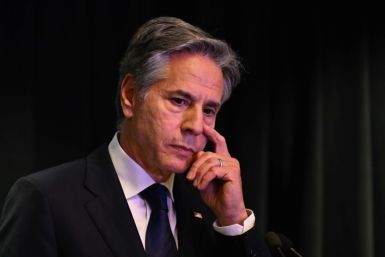MH370: Investigators ‘Watch TV Inside Hotel’; Search Goes Back to Where First Ping is Located
Speaking with Popular Mechanics Magazine, John Goglia, former member of the National Transportation Safety Board (NTSB), said all decisions made by the Australian team were the right thing to do.
"What they're doing now [in Canberra], that's the proper way to do it," he added.
But he noted the Malaysian government's initial reaction in handling the tragedy was "a mess." This led the investigation to the level of obscurity it has now.
"They didn't follow well-established international procedures from the very beginning, and it took weeks before they started to. And that got them off on the wrong foot."
The International Civil Aviation Organization, an affiliate for the United Nations, has regulations that the country of registry of the aircraft should be the one to call international team of investigators to work together. But as NTSB and FAA and other nations sent in their representatives, the Malaysian government stuck them in a hotel room and didn't give anything. They sat there "watching TV."
'The Proper Way'
On April 5, a ping was first located about 1,600 km northwest of Perth. The search for the missing MH370 was focused on the second ping also heard on April 5, about 314 square kilometers, as this was what the search operatives identified as their strongest lead. The search turned zero results.
On May 10, the Ocean Shield was deployed, this time to where the very first ping was located. Speaking in a press conference in Perth, U.S. Navy Captain Mark Matthews justified the team's decision.
"What you do is you go look at your best indications and you pursue them until they're exhausted. These things don't happen fast. These searches don't happen on the hours or days cycle. These happen on the weeks and months cycle."
After a request from the Australian government, the U.S. will continue supporting the underwater search for the plane's debris, ABC reported.
"They'll either find something or they won't, that's about all I can box in, but what you do is you go look at your best indications and you pursue them until they're exhausted. That whole area has not been fully surveyed so they're continuing work there. Concurrently there's a team in Canberra that includes ATSB, NTSB, Boeing and Inmarsat looking at the satellite data, just to take a fresh look, make sure they refine as much as they can the broader search area."
Ocean Shield is due to return by May 30 and all new results will be analyzed by Malaysian, Australian and Chinese authorities.






